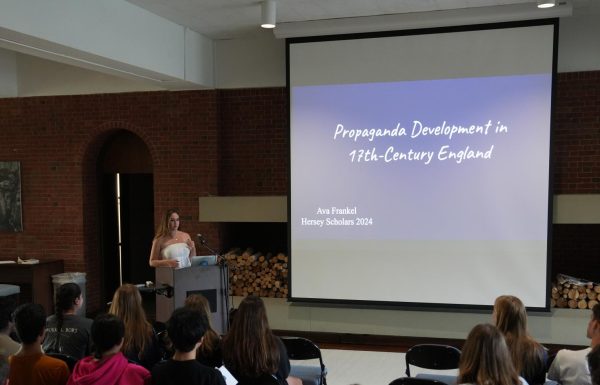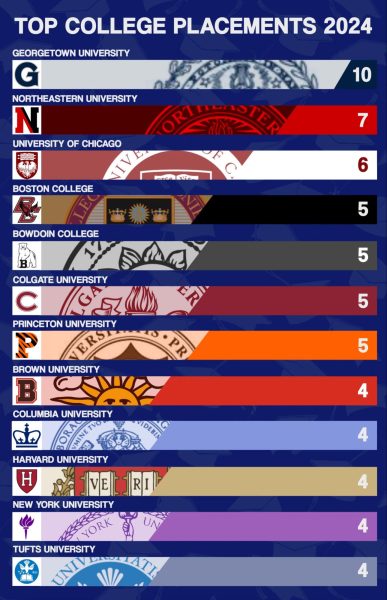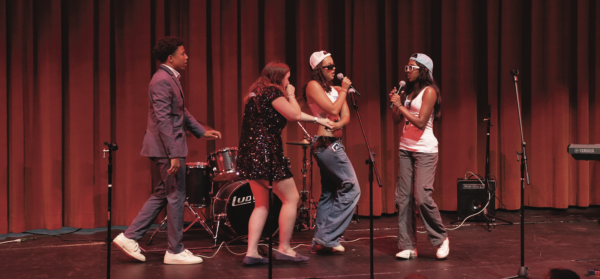Russo-Ukrainian Conflict Escalates
Last month, a poll conducted by the European Council on Foreign Relations revealed that six out of the seven countries surveyed, which make up two thirds of the EU population, anticipate a Russian invasion of Ukraine in 2022.
Considering how tensions have heightened within the past year, this prediction is not surprising: on August 26, a video of a hostile invasion with identifiable Russian tanks was posted on the internet; commercial satellite imagery and social media posts from late 2021 showed Russian troops and military equipment stationed along the Ukraine border; and earlier this month Russian warships were spotted moving towards the Black Sea, within range of Ukraine’s Southern coastline.
In December 2021, the Russian foreign ministry attempted to ban Ukraine from joining NATO, demanding that NATO troops be reduced in Eastern Europe. However, NATO allies refused to comply with Russia’s request and have threatened reprisal if Ukraine is invaded.
Currently, Russia’s goals remain unclear—possible conjectures include procuring concessions from Ukraine or attempting to eliminate NATO in Eastern Europe. Jack Bourdeaux ’22, head of the Hotchkiss Democrats Club, said,“Russia wants to extract concessions from Ukraine and weaken NATO’s presence in Eastern Europe—the long-term goal is definitely to expel NATO from Eastern Europe entirely.” Duncan Griffin ’22, head of the Hotchkiss Republicans Club, suggested that Russia may be attempting to draw Ukrainian support for the Nord Stream 2, a gas pipeline between Germany and Russia that could potentially fuel millions of German homes (The Guardian). He said, “If that were the case, it would expand Russian influence in Europe, [which] could be Putin’s endgame”.
The Russo-Ukrainian conflict is a historical geo-political struggle. The current crisis between Russian-backed separatist forces and Ukrainian military in eastern Ukraine initially escalated in 2014 when Ukrainian President Viktor Yanukovych’s decision against further economic integration with the EU sparked protests in the capital city, provoking Yanukovych to flee Ukraine in 2014. Subsequently, Russian troops invaded and later annexed Crimea, a Ukrainian region located along the northern coast of the Black Sea primarily comprised of ethnic Russians. Since the start of the conflict, Ukraine has also suffered numerous cyberattacks, including the devastating NotPetya attack in 2017 which resulted in billions of dollars in damages.
The United States provided Ukraine with 200 million dollars in December 2021, and has pressured Russia with the threat of “economic consequences.” In late December, the Biden administration announced its willingness to reinforce American military presence in NATO countries bordering Russia; however, it has refused to consider sending troops to Ukraine, which is not part of the NATO alliance. Bourdeaux said, “We are caught in a difficult situation. On one hand, they don’t want to lose face by bowing to Russia’s demands, [as] they [would] lose a significant amount of influence in the region to Russia. On the other hand, the only way to not lose face is by showing Russia that they’re willing to fight for Ukraine, which could be extremely costly for the U.S.” Mr. Thomas Drake, instructor in history, commented on a possible U.S. response. He said, “The United States needs to reinforce the solidarity of NATO…The promise of financial retaliation, specifically with international banking conventions, is one of the strongest responses that the international community can impose.”
On Saturday, the U.S. urged its citizens to leave Ukraine and ordered the evacuation of most of its embassy staff in Kyiv. Two days later, the State Department made the decision to close the U.S. embassy in Kyiv and move the remaining American diplomats to Lviv in Western Ukraine.
As stated by national security advisor Jake Sullivan at a press conference, the U.S. will continue to prepare for the possibility of Russian invasion.













